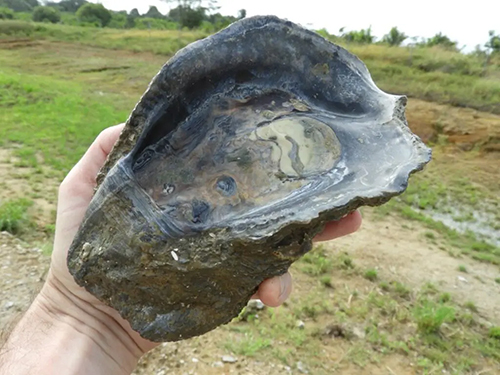Publication of the LGL-TPE in the journal PNAS on March 25, 2024. Press release by University of Montpellier on March 26, 2024.
An international consortium of paleontologists, geologists and biologists describes the discovery of fossil assemblages spanning the last 130,000 years beneath the Ariane 6 rocket launch site in Kourou, French Guiana. This consortium, coordinated by scientists from the Institute of Evolutionary Science of Montpellier (University of Montpellier/CNRS/IRD) and the University of Guyana/Géosciences Montpellier, involves Frédéric Quillévéré from the Laboratory of Geology of Lyon: Earth, Planets, Environment (LGL-TPE, CNRS/Lyon 1 University/ENS de Lyon/Jean Monnet University).
These works are published in the Proceedings of the National Academy of Sciences of the USA (PNAS).

Reference
A Late Pleistocene coastal ecosystem in French Guiana was hyperdiverse relative to today. Pierre-Olivier Antoine, Linde N. Wieringa, Sylvain Adnet, Orangel Aguilera, Stéphanie C. Bodin, Stephen Cairns, Carlos A. Conejeros-Vargas, Jean-Jacques Cornée, Žilvinas Ežerinskis, Jan Fietzke, Natacha O. Gribenski, Sandrine Grouard, Austin Hendy, Carina Hoorn, Renaud Joannes-Boyau, Martin R. Langer, Javier Luque, Laurent Marivaux, Pierre Moissette, Kees Nooren, Frédéric Quillévéré, Justina Šapolaitė, Matteo Sciumbata, Pierre G. Valla, Nina H. Witteveen, Alexandre Casanova, Simon Clavier, Philibert Bidgrain, Marjorie Gallay, Mathieu Rhoné, and Arnauld Heuret. PNAS, March 25, 2024.
DOI : 10.1073/pnas.2311597121






